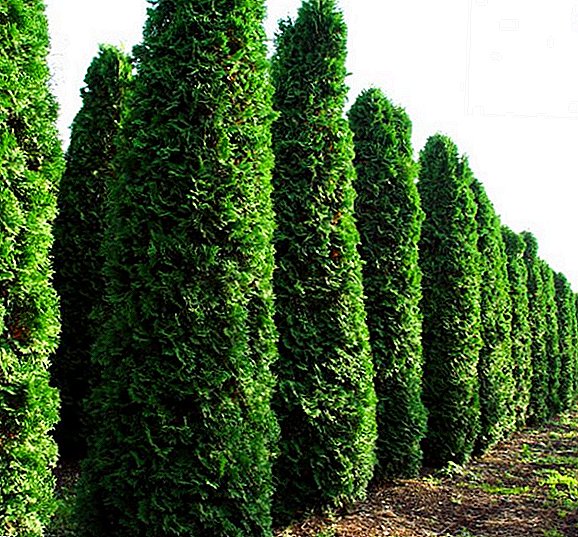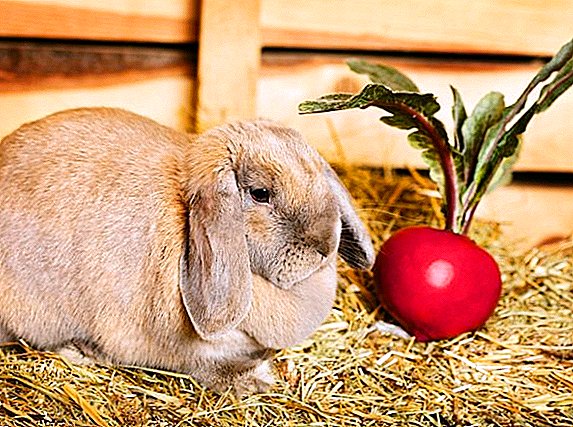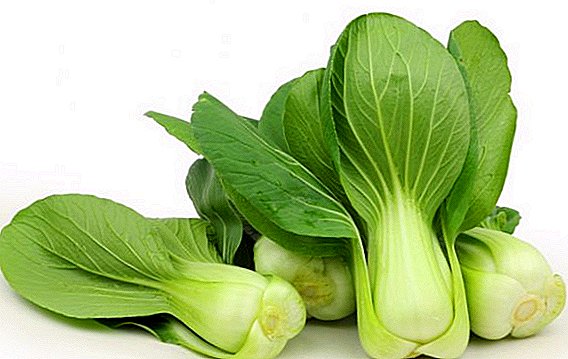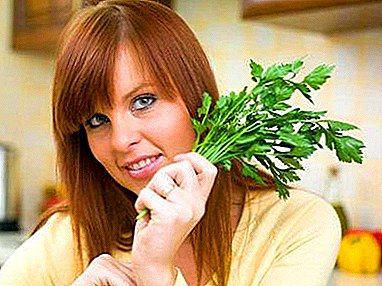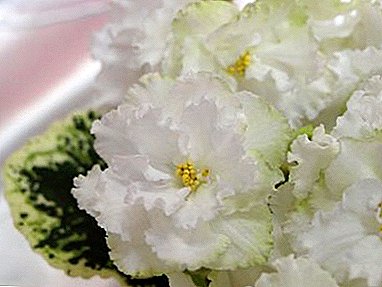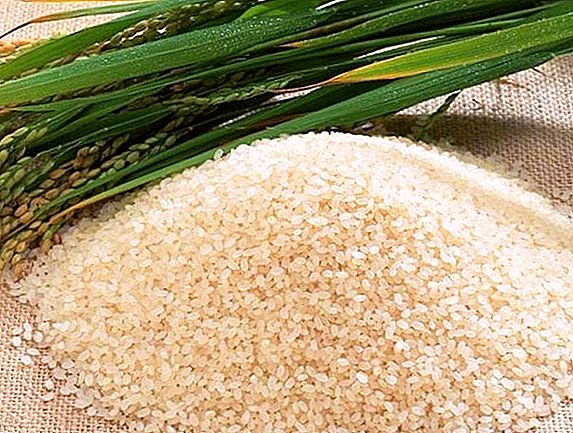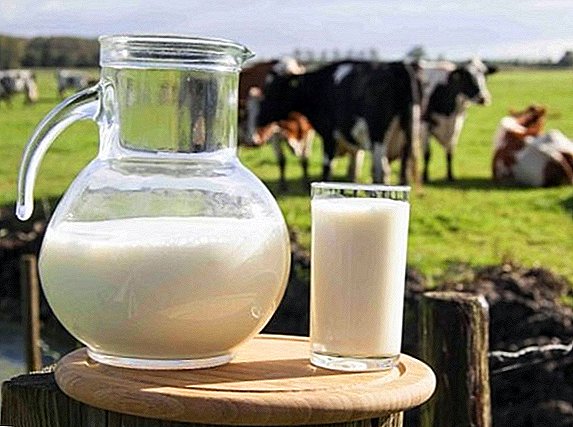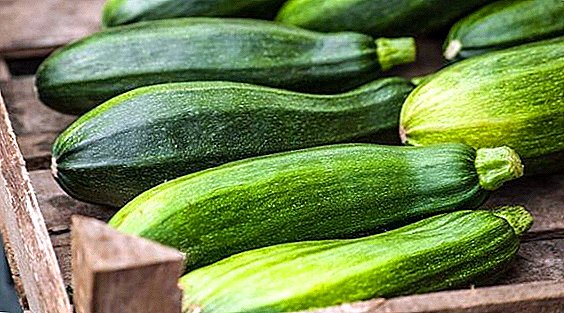 Zucchini is a type of zucchini that came to us from America. The overseas visitor differs from its closest relatives by its cylindrical shape and rich green color. Zucchini contains a record amount of nutrients. It contains potassium, phosphorus, fiber and calcium, as well as vitamins B and C.
Zucchini is a type of zucchini that came to us from America. The overseas visitor differs from its closest relatives by its cylindrical shape and rich green color. Zucchini contains a record amount of nutrients. It contains potassium, phosphorus, fiber and calcium, as well as vitamins B and C.
Did you know? Officially, zucchini is classified as a vegetable, but its flowers can also be eaten, however, before that, they should be lightly fried in vegetable oil.At home, the vegetable only ate zucchini seeds. In the 16th century, it was brought to Europe along with other exotic fruits and vegetables from the New World. Over time, zucchini took the place of honor in the Mediterranean cuisine, where it is the main ingredient in most dishes. We offer you the most popular and delicious zucchini varieties with photos and descriptions.
Zucchini Zucchini
Zucchini Zucchini is the best early ripe variety for open field. Sowing seeds in the ground is carried out in late May or early June. The plant enters the fruiting stage 40 - 50 days after planting. Zucchini fruits of this variety have a smooth cylindrical shape and light green color, white tender flesh and high taste characteristics. They are suitable for canning, salting and eating raw; do not lose taste, even during prolonged storage. The variety has a high yield and, subject to all agrotechnical requirements, it can produce from 11 to 12 kg of yield per square meter. 
Zucchini "Diamond"
Zucchini "Diamond" - a wonderful high-yielding hybrid variety, which appeared due to the efforts of German breeders. Zucchini variety "Diamond" is considered to be the earliest, as the plant begins to bear fruit 40 - 47 days after planting seeds in the ground. The seedlings are not distinguished by increased bushiness, which greatly simplifies carrying out all the necessary agrotechnical measures. The plant produces a smooth, smooth cylindrical fruit with a length of 18 to 20 cm, with an incredibly delicate skin. Vegetables have a dense white juicy flesh, which does not change its taste characteristics even during long-term storage. 
Important! Zucchini is a dietary product, but it is recommended to exclude from the diet those who suffer from disruption of the gallbladder and kidneys, as this vegetable contains oxalates in large quantities, which can cause the appearance of stones in the gallbladder and kidneys.
The variety has a long fruiting, reaching 60 days. In comfortable conditions, one bush can produce up to 20 fruits. The hybrid has a high resistance to most phytoinfections. Zucchini of this variety is suitable for long-term storage, canning and eating raw.
Zucchini "Zebra"
Zucchini "Zebra" is a high-yielding early ripe variety, featuring record-breaking performance. Shrubs enter the fruiting stage approximately 40 days after emergence of shoots. During the period of ripening on plants, even, slightly elongated fruits are formed, having the shape of a cylinder and tender whitish-yellow flesh, juicy and slightly sweetish in taste. But zucchini zucchini varieties "Zebra" conquered breeders not only excellent performance and high taste characteristics. Their main feature is the original color of the fruit. The light green surface of the vegetable is decorated with dark green stripes. Shrubs have a short main shoot and form a small number of lashes, so that the plants look quite compact and do not take up much space. 
Did you know? Zucchini contains an impressive amount of potassium, 100 g of the product contains approximately 295 mg of this trace element, which is 8% of the daily value for humans.
The increased content of nutrients and the absolute hypoallergenicity of the fruit allows them to be used as the basis of dietary nutrition. Harvesting is carried out at least once a week.
Zucchini "Yellow"
Zucchini "Zheltoplodny" - a great high-yielding variety, not demanding when grown. When creating comfortable conditions for plants, they begin to bear fruit 40 days after sowing seeds into the ground. Zucchini squash "Zheltoplodny" has the original dark yellow color of the skin and creamy or light yellow juicy dense flesh. The fruits are cylindrical in shape and taper slightly towards the stem. Vegetable easily carries transportation and long-term storage. Sowing seeds in open ground is done in late May or early June. 
Important! Despite all the beneficial properties, people should be careful with using zucchini in writing, with kidney disease, in which the excretion of potassium is impaired, since the uncontrolled use of this vegetable can cause hyperkalemia.
The fruits of this variety are a valuable food, since at low calorie they contain a rich vitamin and mineral complex, which allows them to be used as a basis for a diet in the treatment of overweight.
Zucchini "Jade"
"Jade" is the most fruitful variety of zucchini, which, when grown in favorable conditions, can give you more than 20 fruits from one bush. The name of the variety was due to the even dark green color of the fruit with light spottedness with the flesh of light cream color and high taste. Plants of a variety have high adaptive characteristics, which allows them to bear fruit in areas characterized by short cold summers and an abundance of rain. The variety has excellent immunity and is immune to powdery mildew. 
Zucchini "Skvorushka"
Squash zucchini variety among plant growers enjoys a well-deserved reputation as the most unpretentious and high-yielding. Plants varieties in comfortable conditions will appreciate the rapid pace of development and generous fruiting. During the period of ripening, smooth cylindrical fruits form on the bushes, dabbing in a pleasant blue-gray color, having juicy tender pulp, pleasant to taste, which allows not only to be used for canning and salting, but also to eat young specimens in their raw form. Fruits of a grade are suitable for long storage and in the process of a freezing keep the tastes. 
Zucchini "Pharaoh"
Zucchini "Pharaoh" is an excellent high-yielding early ripe variety. The shrubs are ready for fruiting 45 days after emergence. During the vegetative phase, one or two first-order whips form on them. 
Did you know? Zucchini can be added to pasta dishes, and you can even completely replace by them pasta. To prepare zucchini pasta, a special device was created that cuts the fruits into thin strips called zuckerons.
Smooth, smooth, slightly glossy fruits have a cylindrical shape and can reach from 0.8 to 1 kg. Fruits have a soft dark green color with a light spot and yellow-cream, slightly sweet, juicy and dense pulp. They are suitable for canning and can be stored both fresh and frozen. During storage, the rind of the fruit does not harden.
Banana Zucchini
Banana Zucchini is an early ripe fruitful hybrid variety. Plants are powerful, bushy, weakly branching, densely leafy, produce 20 to 30 fruits per season. During the period of ripening, they form numerous golden-orange fruits, reaching up to 25 cm in the period of maturity. They have a dense, slightly yellowish juicy flesh, pleasant to taste. Zucchini of this variety are perfectly transported and do not lose their taste characteristics even after prolonged storage. 
Zucchini "Rhonda"
Zucchini "Rhonda" - high-yielding mid-season variety, characterized by an incredibly long period of fruiting. The main difference of the variety is the round shape of the fruit, which makes them somewhat like pumpkins. The color of the fruit is uneven, the main color of the crust is grayish-green, with darker areas and stripes. Ready to harvest fruits "Rhonda" are 8 - 10 cm in diameter. The grade is unpretentious, differs in intensive rates of development and fast maturing. 
Zucchini "Zolotinka"
Zolotinka zucchini is a fruitful variety that starts fruiting 40 days after the first shoots. Plants of a variety are distinguished by increased bushiness, and therefore, they require sufficient space for normal growth. Up to 15 bright orange fruits with a weight of about 0.5 kg and a length of up to 10 cm are obtained from one bush. Fruits are suitable for canning, salting and freezing. Their flesh has a pleasant dark orange or orange color and is dense and slightly sweet in taste. 
Zucchini "Black handsome"
Zucchini "Black Handsome" - an early ripe productive variety with a growing season from 50 to 55 days. From the seeds grow compact bushes that do not take up much space on the site. The fruits have a cylindrical shape and are slightly ribbed at the base. On average, the weight of one fruit can reach from 0.8 to 1 kg. The flesh of the fruit is light, juicy, dense and very delicate in taste. The variety is resistant to powdery mildew and other phytoinfections. For the season with one bush can collect more than 10 kg of crop. 
Zucchini "Negro"
Negritok zucchini is an early ripe variety of the bush type, characterized by a short growing season not exceeding 43 days. Bushes are compact, low-leafy. Fruits are elongated and cylindrical. Zucchini squash "Negritenok" has a dark green color of the peel and juicy, delicate taste, dense flesh. Fruits are suitable for long-term storage, canning and freezing, and, despite the soft crust, are suitable for transportation. Plant varieties have excellent adaptive abilities, easily tolerate short-term lowering of temperature and are resistant to root rot and powdery mildew. 
Zucchini "Tiger"
Zucchini "Tiger" - early-ripening variety, characterized by intensive rates of development, generous fruiting and slightly prolonged growing season, reaching 65 days. From all other varieties of zucchini, the Tiger Cub differs by the original color of the fruit: alternating dark and light stripes. The pulp of the fruit is very dense, juicy and tasty. Even with long storage, it does not lose its high taste characteristics. The fruits are suitable for canning, freezing and cooking various dishes and can be used as the basis of dietary nutrition, since they have a high content of nutrients and vitamins.  You can make a huge amount of delicious dishes from zucchini: they are stewed, fried in batter, salted, pickled, stuffed and used to make caviar, porridge, compotes, and even tuckerones. But to be able to enjoy an environmentally friendly and tasty vegetable, you must first select the appropriate variety, and then grow it in your own garden bed.
You can make a huge amount of delicious dishes from zucchini: they are stewed, fried in batter, salted, pickled, stuffed and used to make caviar, porridge, compotes, and even tuckerones. But to be able to enjoy an environmentally friendly and tasty vegetable, you must first select the appropriate variety, and then grow it in your own garden bed.


